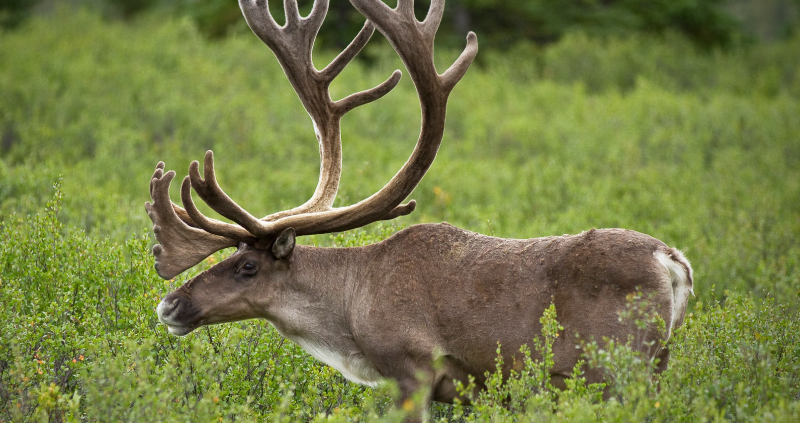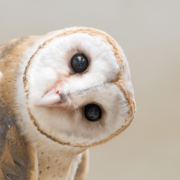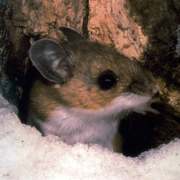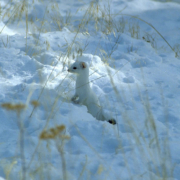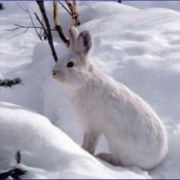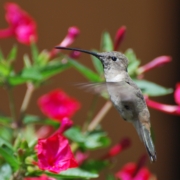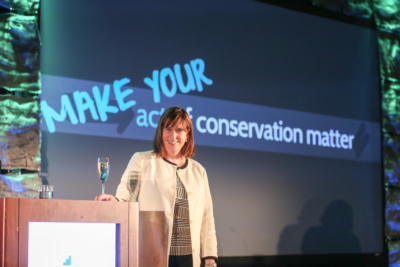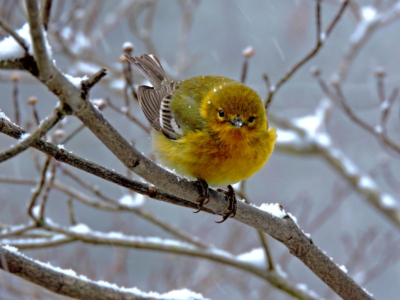Caribou Who?
With the winter holidays fast approaching, I thought it would be fun to write about caribou, which most people know by their other name—reindeer.
Reindeer live in the northern latitudes of North America, Europe, and Asia. They are divided into several subspecies, based upon habitat (woodland or tundra) and location.
Reindeer are pretty unique, for several reasons. For starters, they are the only species of mammal that can see ultraviolet light. How cool is that? It helps reindeer to better see things like white fur (like Arctic wolves) in the glowing white of the Arctic region that they might otherwise miss.
Their eating habits also make them pretty distinctive. They are the only large mammal able to eat lichen because of specialized gut flora that helps them metabolize it.
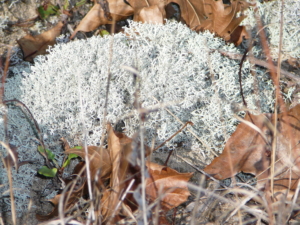
Reindeer moss is a type of lichen and is a favorite food for reindeer. Source: Wacker Chemical Corporation
Their reliance on lichen as a winter food source means they require plenty of undisturbed, lichen rich habitat, but unfortunately, climate change and other factors are causing this critical habitat to disappear all too quickly.
In most subspecies of reindeer, box sexes grow antlers, which is unique among deer. They also have the largest antlers relative to body size of all deer species. They can measure up to 51 inches long and 33 pounds! Male reindeer shed their antlers at the end of the mating season in early December, while females retain theirs throughout the winter until they give birth in the spring.
That’s right, folks – if the many depictions of Santa’s antlered reindeer are correct, that means Santa’s reindeer are all females. (I suppose it’s a good thing they all have gender-neutral names! Well, except for poor Rudolph.)
Observations of reindeer actually flying have yet to occur, though.
If you’d like to see reindeer in action, check out the Reindeer Cam at the Como Park Zoo & Observatory.
